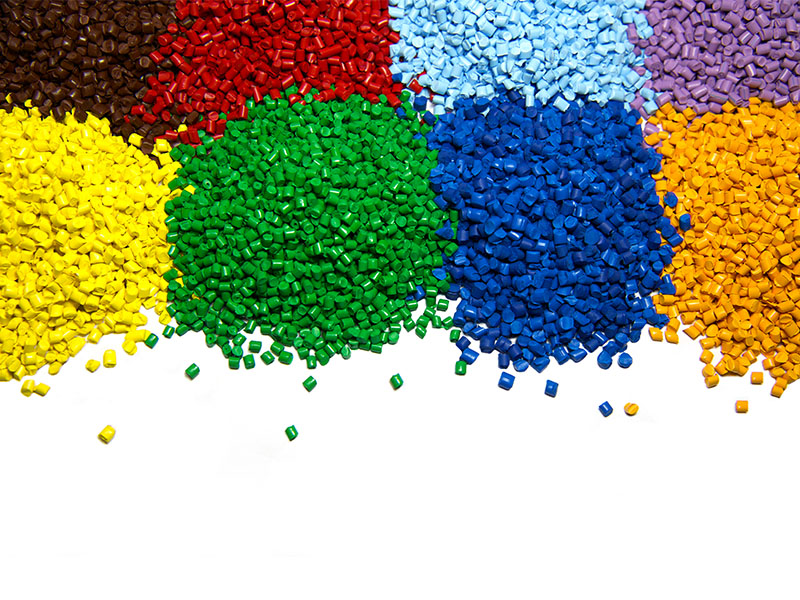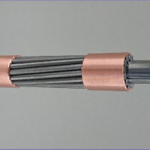
Cable compounds, made from mineral and synthetic raw materials, act as the required filler and protection material for various types of wires and cables. The composition and the application are tailored as per the needs and the environment of the cable system. Broadly, there are special compounds for the filler of communication cables (fiber optics) and different types of compounds for the external protection of electrical, traction, and special cables.
For the editorial feature on cable compounds, Wire & Cable India interviewed a few leading players in the cable compound industry on the kind of challenges and opportunities they foresee in the segment, their outlook on the industry, the expansion plans of the company and the recent key trends. The companies shed light on how they are serving the needs of the wire & cable market with their distinct portfolio.
Wire and cable compounds are fundamentally used for providing high degree of insulation to wires and preventing the entry of moisture in power transmission or telecommunication cables. Besides, the compounds are also supposed to impart superior mechanical stability along with corrosive and chemical resistance to the wires and cables.
As a matter of fact, many wire and cable compounds are created for specific end-use applications such as – high and low voltage power cables, telecommunications, telephone wire, coaxial cable, jacketing, etc. Many of these cable compounds are required to be flame-retardant. In addition, many of the olefinic wire and cable compounds are cross-linked to improve their temperature, tear and abrasion-resistance.
Types of Cable Compounds
On the basis of the polymeric materials commonly used as coatings for electrical cables, three types of classes can be highlighted: the thermoplastic polyester (PBT), the crosslinked polyethylene (XLPE), and the halogenated resins, such as polyvinyl chloride (PVC). Also, the exact nature of the additive varies depending upon the kind of cable applications in which they have to be used.
The materials employed in the electrical insulation of cables or wires are exposed to a number of external factors upon which the overall performance of the system depends upon. These factors include mechanical vibrations, high temperature, humidity, wind and rain. In order to ensure a stable and credible solution, the materials need to follow specific criteria with regard to their abrasion, thermal and chemical resistance, flame retardancy, and mechanical properties.
Cable compounds are extensively used in power transmission applications. Further, increasing investment in smart grids in addition to rising production of renewable energy is projected to boost the market growth.
Talking about the wide array of products, Mr. Joshua Bruni, Foreign Sales, Fainplast Srl, said, “In addition to a very complete range of PVC compounds that meet all applications of this polymer in the cable industry; the company has also developed LSZH cable compounds around twenty years ago and is one of the market leaders in this segment today. The vision for safer and greener products has paid back in the years making Fainplast a reference company in the development and supply of products used in newborn sectors such as the renewable energy market.”
The compounds are meant to play the role of effective jackets to conducting materials – wires or cables, enabling them to be ideal for use in a wide array of industries, from power and automotive to construction and communication.
Future Roadmap
Shedding light on the future plans of the company, Mr. Abhishek Rathi, Founder and Director, Taprath Elastomers LLP said, “To name a few, we are working on offering radiation cross-linkable compounds for applications including defence and navy soon. We are also developing process aid additives for cable manufacturers and flame retardant masterbatches.”
It can be said that the increasing use of advanced wire and cable compounds in a number of industries along with public and private investments to advance the generation of renewable energy is expected to bode well for growth in the cable compounds market segment. Furthermore, the projected growth of this market can also be attributed to the increased utilization of advanced technologies in manufacturing, and government initiatives in the various industries. Thus, the outlook of the cable compounds market seems to be promising and is likely to grow steadily over the coming years.
“The Indian wire & cable market is poised for significant growth in the years ahead. The need for infrastructure investments, robust safety standards and implementation of technologies such as 5G fibre to the home and alternative energy are all trends that will continue to empower strong growth in the years ahead,” said Mr. Gautam Nivarthy, Executive Vice President & President, Polymer Solutions-Alphagary.
In the words of Mr. Karan Shah, Director-Marketing & Business Development, Lifeline Technologies, one of the leading manufacturers of performance additives and masterbatches, “The wire and cable industry is growing at a very fast pace due to the consumer requirements for better overall connectivity. Lifeline Technologies has designed products to add value and enhance the life of the wires and cables. This creates a sustainable solution for the final consumer. With government initiatives of Digital India, Make in India, and private companies laying optical fiber throughout the country, it is providing further impetus for solutions that we offer.”
Team Wire & Cable India interviewed a few leading players engaged in the business of the cable compounds about the key innovations in the sector, and the unique features of their product portfolio along with the key trends they foresee in the segment.




